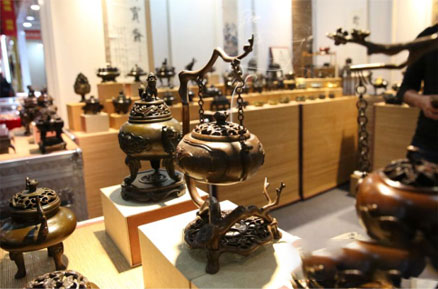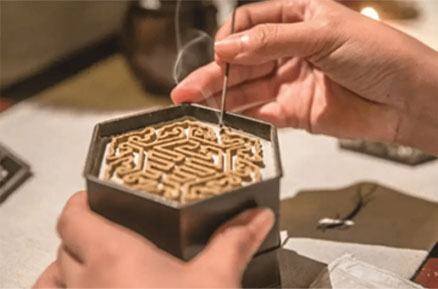Attractions
Dongguan is located on the Pearl River Delta, very close to Guangzhou,
Shenzhen, Hong Kong and Macau. It is a great base from which to
explore the sights of southern China. Dongguan is well known as the
workshop of the world with more than 151,000 industrial enterprises
and the number of Fortune Global 500 is up to 31 since 2010. It is
also a famous hometown for overseas ethnic Chinese. There are several
famous ancient monuments in Dongguan, close the venue for AOCNS 2023
conference.
The Keyuan Garden
Keyuan Garden is one of the four famous gardens of Qing Dynasty
(1644-1911) in Guangdong Province. Located in the west of Dongguan, it
occupies an area of 2,200 square meters (0.54 acres) in a
triangular-shape. It was built with blue bricks in 1850 by Zhang
Jingxiu, a deposed military officer. Since 2001, the garden is under
state govenment protection as a national cultural heritage site.
The view of Keyuan garden lake.
The birds eye view of Keyuan garden
China Chenxiang Agarwood Culture Museum
China Agarwood Culture Museum is a museum of Agarwood culture, located
in Xiangshi Park, Liaobu Town, Dongguan City. Dongguan agarwood
culture has a long history and rich connotation. The Museum of Chinese
Aloes Culture museum covers an area of 8,199 square meters, with a
total construction area of 8,800 square meters, and is designed by He
Jingtang, designer of the China Pavilion, academician of the Chinese
Academy of Engineering and the Dean of the School of Architecture of
South China University of Technology. The museum introduces in detail
the development history of traditional Chinese incense culture since
ancient times, which has strong cultural and educational significance.
At the same time, it is equipped with modern audio-optical equipment,
which enables good interaction with the visitors. The pavilion has the
treasure of the town - a huge incense burner with cast iron
inscriptions of Qianlong's flourishing age in the Qing Dynasty, which
collects agarwood from all over the world, allowing visitors to travel
through history and feel the great charm of agarwood culture. It is
one of the main bases for the spread of incense culture in China and
even the world, and a window for citizens to understand the knowledge
of Chinese and foreign Agarwood culture.
Agarwood displayed in the museum.
Artificially manufacturing the agarwood incense.
The Nanshe Ming and Qing Dynasty Ancient Village
Nanshe Ming and Qing Ancient Village are distinctive destinations in
the Pearl River Delta, offering an opportunity to experience the
architectural style and traditional culture of the Ming and Qing eras.
The centuries-old villages of Nanshe were forced out during the
expansion of the Ming and Qing Dynasties, but experts and scholars
have joined forces to protect and maintain culturally significant
carvings and valuable relics, as well as edifices from the era which
have managed to remain intact to this day. Their heroic efforts are
responsible for the continued existence of the Xie’s Ancestral Hall,
which was constructed from clay with red stone running along the base
of its walls. Additionally, a masonry building built with brick and a
customary three-bay courtyard with triple entrances are sights worth
seeing.
The view for the Nanshe Ming and Qing Dynasty Ancient Village from
the river.
The Hundred Years Old memorial gate in the ancient village.
Others
Songshan Lake is Dongguan's high technology industrial center. The
CSNS locates nearby the Songshan lake. Songshan Lake Park is a place
where you can enjoy the natural landscape by riding a bike around the
lake. The flowers and the lakeside landscape are beautiful. The Opium
War Museum, the Sea Battle Museum, ancient cannonades and historic
battlefield sites are located at Humen of Dongguan. The folk dance of
Lion Dancing, Cantonese Opera Performance, the Dragon Boat Racing are
also widespread popular folk activities in China.






